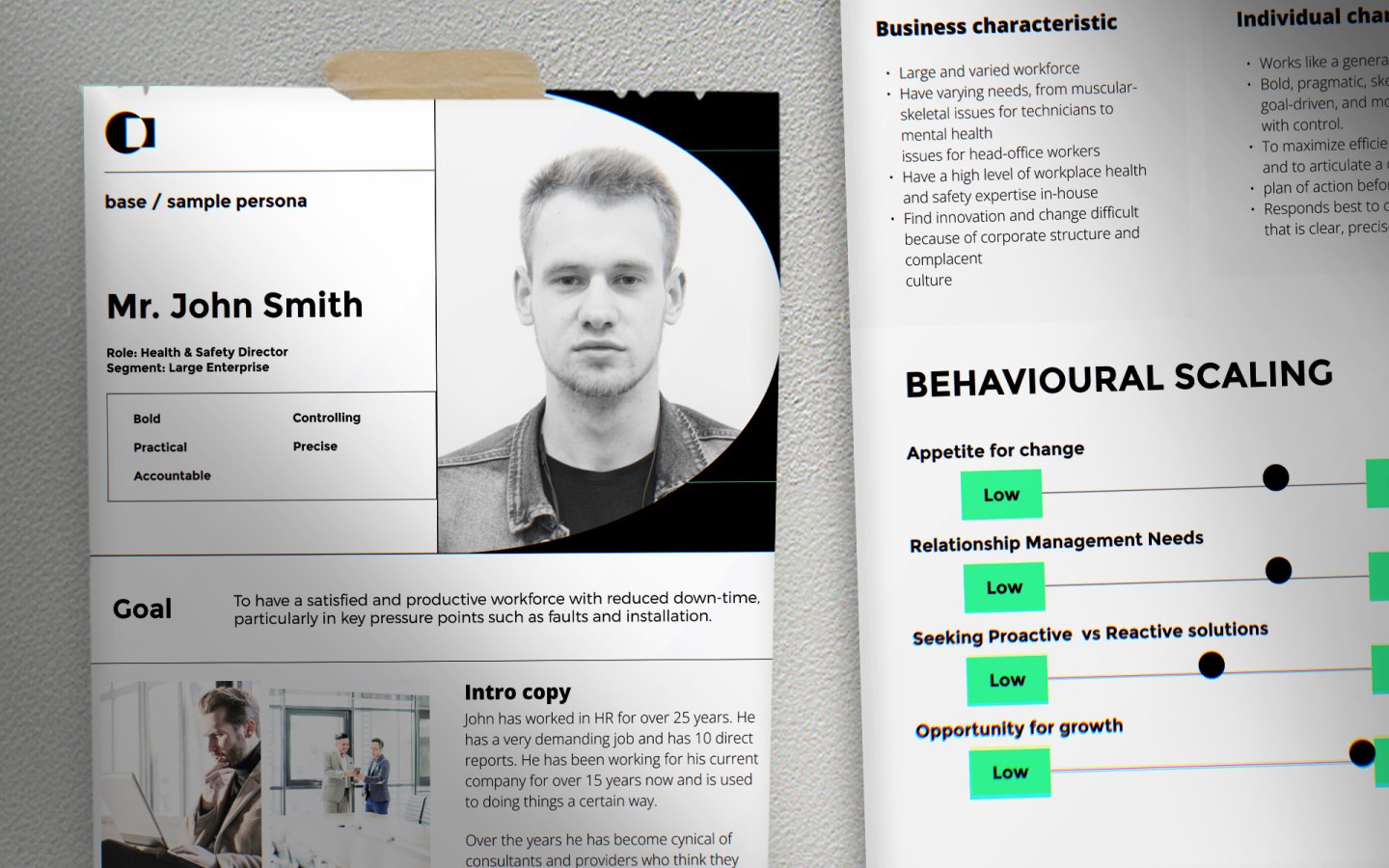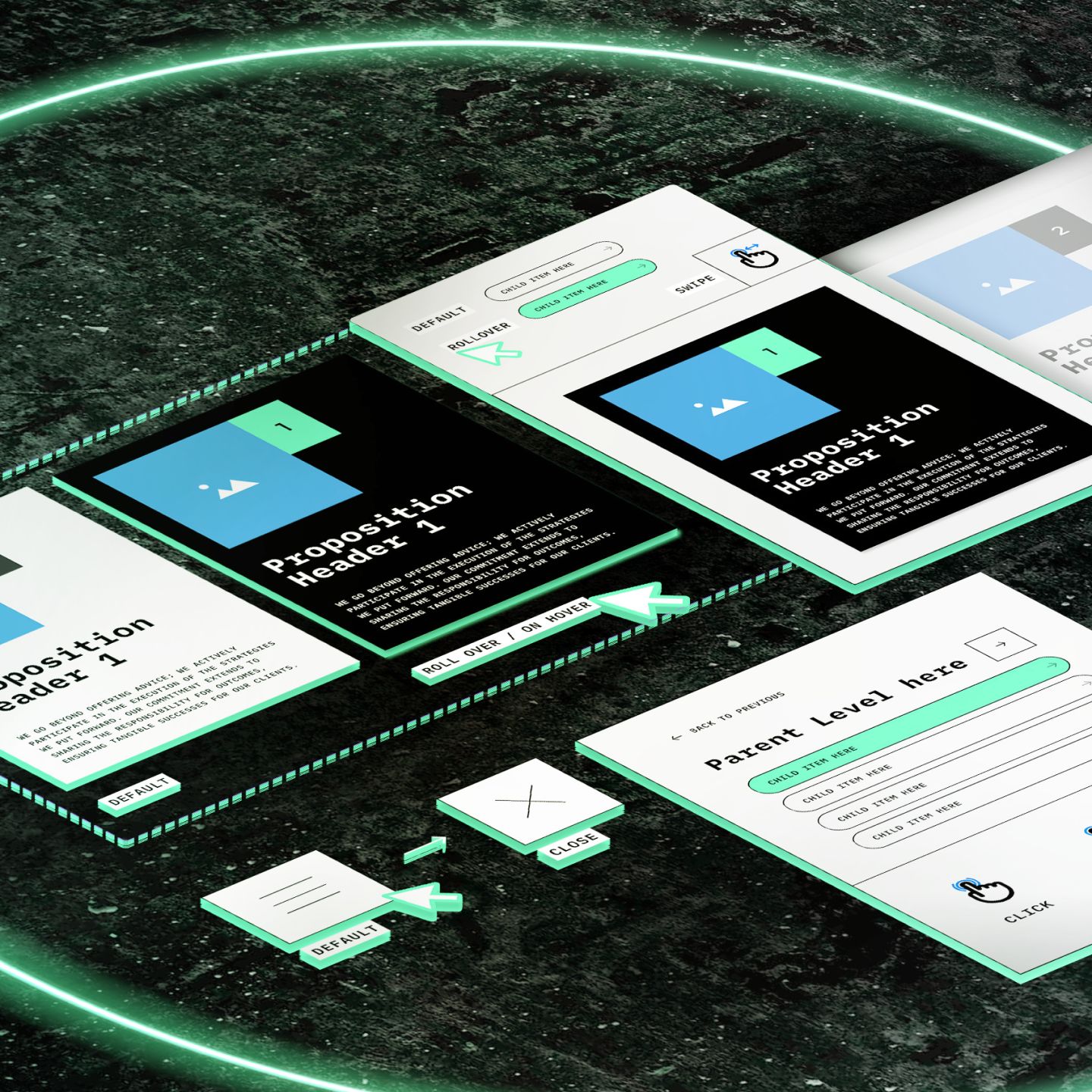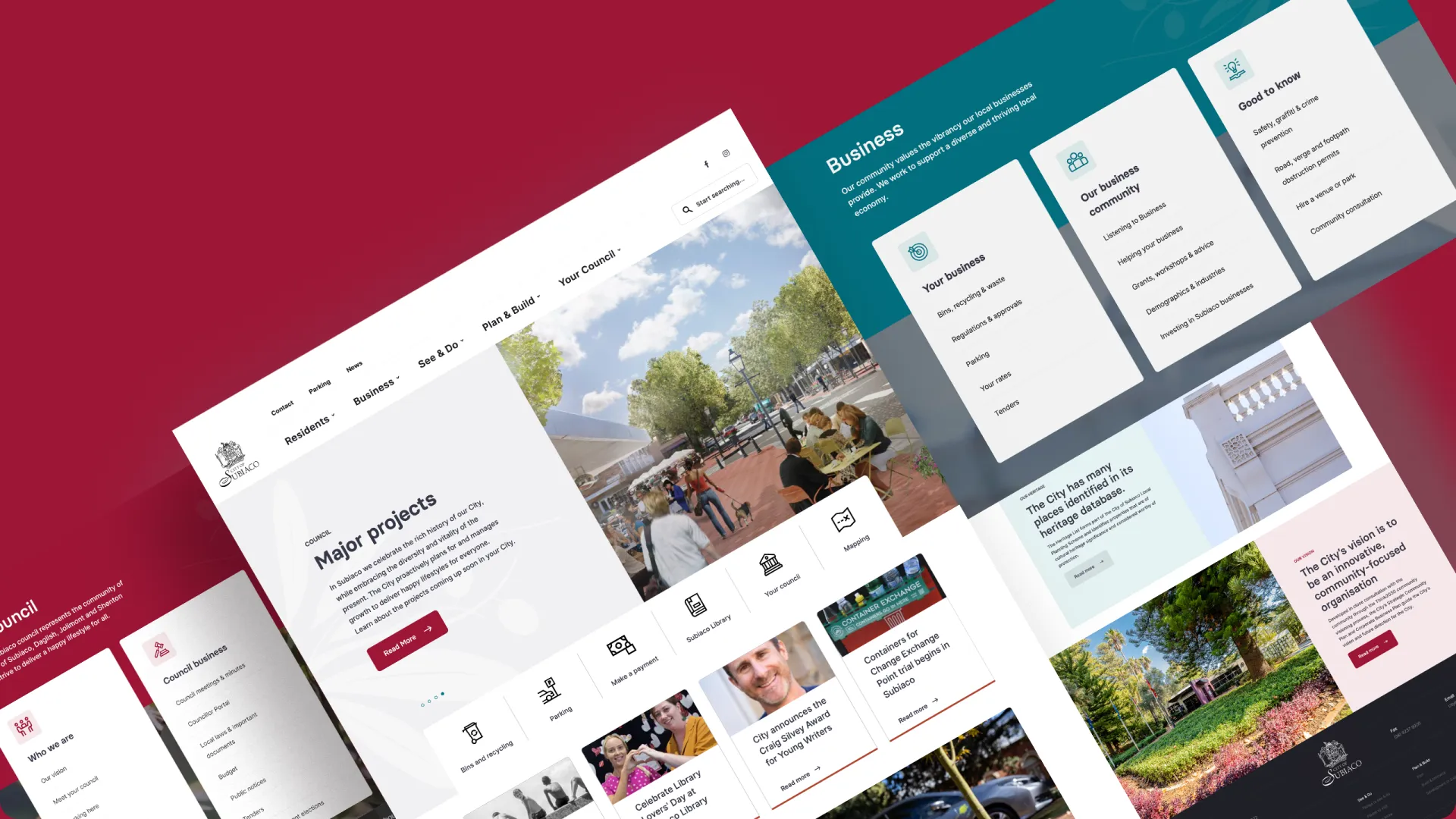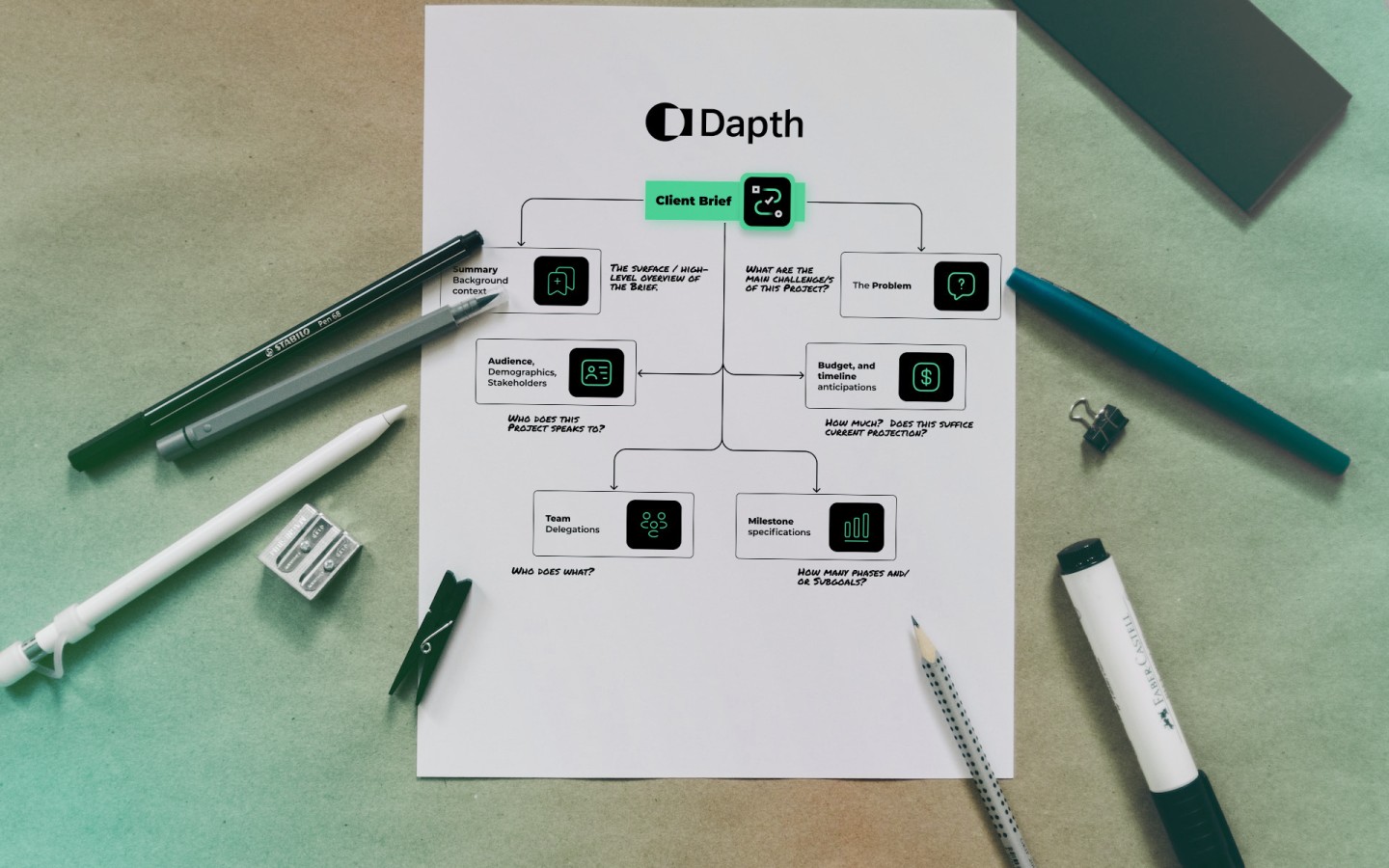
‘If you don’t understand how and why your customers are choosing you, it’s going to be extremely difficult to attract and retain more customers’
Ryan Paul Gibson, Content Lift
Defining Customer User Journeys
A comprehensive customer journey map should cover all touchpoints across all channels including email and social media. Mapping the customer journey enables organisations to better understand customer needs, processes, and perceptions by putting themselves in the customer’s ‘shoes’.
Mapping the customer journey is about identifying the path of interactions an individual experiences with your brand, product, or service. This path includes direct and indirect interactions, such as contacting a customer service team or hearing about a brand at an event. Each customer journey is unique and can be seen as a map of the various interactions that a customer has with your touchpoints.
This uniqueness means that marketers must adapt their marketing strategy for each customer accordingly. Every stage of the customer journey should leave a lasting impression and familiarise the customer with your brand.
It is also essential to differentiate between customer journey maps and user journey maps, as the latter focuses on the user's interactions with a product or service.

Critical Components of User Journeys
Creating a comprehensive user journey map is crucial in understanding the customer experience. It involves identifying the touchpoints, emotions, pain points, and critical actions that impact the user's journey.
Touchpoints are any interaction between the user and the brand, such as visiting a website, purchasing, or contacting customer service. Emotions refer to the feelings that users experience at each touchpoint, such as frustration, joy, or confusion. Pain points are the areas in the user's journey where they have trouble or obstacles.
Visual representations are highly effective in communicating the user's experience. They can help identify patterns and visualise the user's journey clearly and concisely.
It's essential to remember that the customer journey is constantly evolving, just like your customers and the digital ecosystem. Once you've mapped out the customer journey, it's crucial to revisit it regularly to ensure it remains up-to-date and relevant. This will help you identify any new touchpoints, emotions, pain points, or key actions that may have emerged.
Mapping out comprehensive user journeys allows you to gain a deeper understanding of your customers' experiences and identify opportunities for improvement. Regularly revisiting the map will help you provide your users with the best possible experience

Steps to Map Customer User Journeys
Understand the hows and whys before creating a customer journey map. Examine the processes involved and identify pain points to avoid negative emotions. Even slight inconveniences can discourage customers from purchasing, so addressing those issues is essential.
Research
Conducting in-depth research to gather insights into customer behaviours, preferences, and pain points.
Customer feedback, surveys, and analytics tools collect quantitative and qualitative data.
Identify Touchpoints
Identifying touchpoints where customers interact with the product or service.
Including various channels such as websites, mobile apps, customer support, and physical locations.
Map Customer Emotions
Integrating emotional aspects into the journey map to understand the user's feelings at each touchpoint.
Emphasising the impact of emotions on the overall perception of the customer experience.

Pain Points and Opportunities
Highlighting pain points where users may encounter challenges or frustrations.
Identifying opportunities to enhance the user experience by addressing pain points and improving touchpoints.
Integration into the Design Process
Illustrating how customer user journey maps seamlessly integrate into the design and development process.
Emphasising the continuous refinement of journey maps based on evolving customer behaviours and feedback.
Integrating customer user journey maps is an essential step when designing products or services for customers. These maps visually represent the customer's experience from the initial interaction with the brand to the final stage of the journey.
By integrating these maps into the design and development process, businesses can effectively identify and address any customer pain points or issues.
However, more is needed to create and leave a user journey map. Customer feedback and behaviours constantly evolve, and it is crucial to continuously refine the journey maps to ensure that they remain accurate and relevant. By doing so, businesses can stay ahead of the game and provide a seamless and satisfactory customer experience.
‘A customer journey map enables you to observe sales experiences from the customer’s perspective rather than the sales perspective. You can see why they chose your product or a different brand and understand their point of view more effectively.’
Tristan Harris, Thrive Agency
Benefits of Mapping Customer User Journeys
Every company can benefit from mapping the customer journey regardless of size or niche. Mapping the customer journey has multiple benefits, leading to informed decisions and user-centric design. Other benefits include:
Understanding the customer's perspective
Implementing marketing strategies across all communication channels
Identifying customer needs that are not yet being met
Understanding complex customer journeys across multiple touchpoints
Identifying customer emotions, not just actions
Offering personalised experiences based on customer preferences
Coordinating and aligning stakeholders from different departments
Increasing return on investment by satisfying customers
Achieving a competitive advantage
Enhancing marketing and product-led growth
Avoiding potential obstacles in the future
Mapping the customer journey provides valuable insights into the needs of potential customers at every stage of their journey. It helps identify the factors that directly or indirectly motivate or inhibit their progress. To better understand the customer journey, it is recommended that you try it out yourself. This exercise will let you see where customers may fall off or hit roadblocks.
It's important to remember that 80% of customers' experience with a company is as important as its products. Also, most customer journeys are dynamic; rather, they involve a back-and-forth, cyclical, multi-channel journey.
Common Pitfalls to Avoid
When mapping customer user journeys, it is essential to be aware of pitfalls such as neglecting specific customer segments or relying solely on assumptions.
To ensure that journey maps and customer journeys are accurate and relevant, avoiding these three common mistakes: neglecting particular customer segments, relying exclusively on assumptions, and mapping the entire customer journey at once is essential.
To sidestep these common pitfalls, here are some tips to follow:
Start by mapping out the overall journey and then drill down into more detail once you have a broader, higher-level customer journey overview.
Factor in every way customers interact with the brand, even ones you don't have as much visibility on, such as "dark social" communications your brand has been shared in private channels.
Take a data-informed approach and avoid assuming that you already know your users. Use qualitative and quantitative data to back up any claims you make.
By following these tips, you can create accurate, relevant journey maps that help you better understand your customers and improve their experience.

The Takeaway
Conducting a thorough customer journey mapping is essential to provide a customer experience centred around the user. This involves comprehending a customer's various stages when engaging with your brand and pinpointing any areas that need improvement or cause discomfort. By better understanding the customer's journey, you can create an experience that caters to their needs and surpasses their expectations. You can find similar customer journey mapping examples for your industry online or create your own.
However, customer journey mapping is not a one-off exercise. To maintain its effectiveness, investing in ongoing research and adaptation is essential. This means regularly reviewing and updating your journey maps based on new insights and customer feedback. Doing so ensures that your customer experience remains relevant and engaging and always meets your customers' ever evolving needs.
If you'd like more information on mapping effective customer user journeys, or creating impactful digital customer customer experiences, please get in touch with us today.
Effectively mapping customer journeys offers a pathway to superior customer experience. By embracing digital technology and a customer-centric approach, you can ensure a future where technology enhances human potential and fosters a more connected world. Discover more about how the Dapth team can support your pathway to exceptional customer experience and digital transformation journey, to help you harness the full potential of the digital revolution.
Frequently Asked Questions
What is mapping the customer journey?
Mapping the customer journey involves visually depicting and analysing the entire sequence of interactions and touchpoints that a customer undergoes when engaging with a business, product, or service. It helps businesses understand the customer's experience from start to finish.
What is meant by ‘customer journey’?
The customer journey refers to the complete set of experiences and interactions that a customer has with a company, product, or service throughout their relationship. It encompasses various stages, from initial awareness and consideration to purchase, usage, and post-purchase support.
What is user journey mapping for?
User journey mapping visualises the steps, emotions, and interactions that users or customers experience while using a product, service, or digital platform. It helps businesses gain insights into user behaviour, pain points, needs, and preferences to improve the overall user experience.






_web.webp)
































_web.webp)
_web.webp)
_web.webp)
_web.webp)



_web.webp)





























